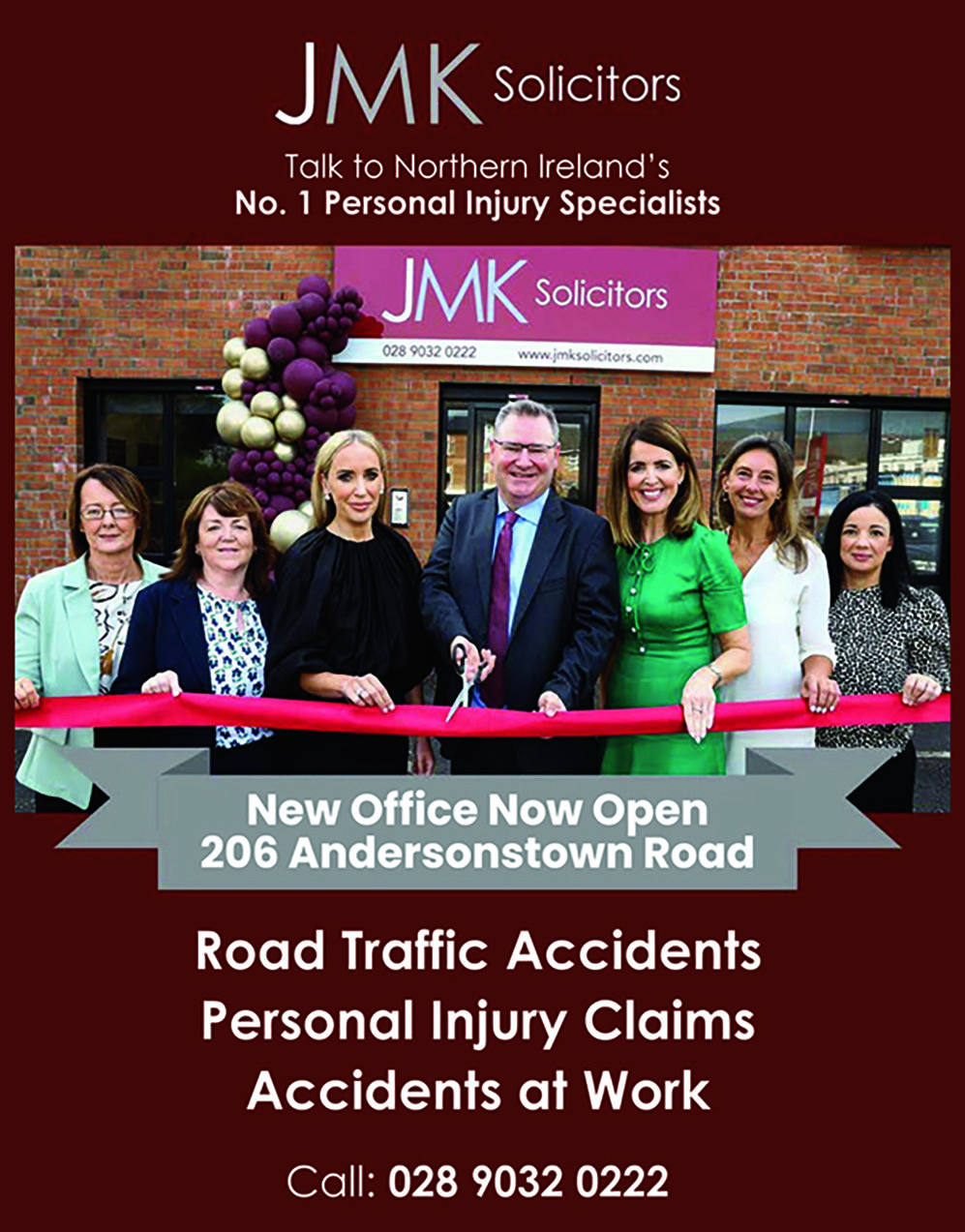Glasgow has joined over 140 cities worldwide to erect a memorial to the victims of the Great Hunger.
The 'Tower of Silence' memorial by Donegal artist John McCarron is located in the grounds of St Mary’s Church on Abercromby Street in Calton — where Glasgow Celtic football club was founded.
Around 100,000 Irish people fled to Scotland in the 1840s to escape the death and devastation wrought by the Famine.
TOWER OF SILENCE: A young accordionist performs before the unveiling
Funds for the memorial were raised at a series of fundraising events, including a bucket collection at Celtic Park.

Speaking at the unveiling of the Tower of Silence memorial on Sunday 25 July, Canon Tom White, Parish Priest of St Mary’s, expressed his pride after his church was chosen as the location for the monument.
“It seemed natural that this church, which was built by the Irish to shepherd and care for the Irish, would host a living memorial to their memory," he said.
Jeanette Findlay, Chair of Coiste Cuimhneachán An Gorta Mór said the £80,000 cost of the memorial had been raised by the community. "As well as the bucket collection we had a dinner dance at Celtic Park which raised over half the total," she said. "It was a collective effort — people were running their own fundraisers all over the place. And many did stuff for nothing too. The groundworks, the engineer's report, the planning permission application myself, the printing of the booklet and the sound system for the event were all down to voluntary effort. A local band made a song and we sold thousands of badges."
Speaking in Irish and English at the unveiling, Ms Findlay said the day belonged "to the children of those impoverished and brutalised people who managed to reach these shores who are finally seeing that part of their history, that terrible part, acknowledged and remembered in a physical and permanent way".
She added: "So, in that sense, while it is a time for reflection on the awful reality of what they endured, it is also a time for celebration that they did endure, they did survive and, in large part, flourished in this city.
An Gorta Mor Glasgow FC will have a bucket collection 9/3/19 for a Memorial to all those victims & exiles pic.twitter.com/SVV4iYsa6b
— C.C.I.F.V (@CCIFV1845) March 8, 2019
"They made that journey, dangerous in those times, in an effort to save themselves and their children and, in so doing, they peopled this city with their descendants – still a minority, but now a confident, vocal and proud minority who have kept alive in whatever way they could, the music, the sport, the language, the history of their native land and their great love for it.
COMMUNITY PRIDE: Outside St Mary's Church for the unveiling. Pic: Tommy Gilmour
"This memorial should be a reminder to us that we owe it to our own ancestors to be the welcoming community to new arrivals in Glasgow, that we wish our ancestors had met all those decades ago: and to treat them as we wish our own ancestors had been treated; and as they were treated by the honourable few.
"Our recognition, too long withheld by many parts of society, including government, is encapsulated in this memorial to how we came to be here. This is a huge step forward for us."
Glasgow finally has its memorial to An Gorta Mor. Unveiled last Sunday at St.Mary’s in The Calton. Fine work done by @GortaMorGla Thought this might interest you.☘️🇮🇪🍀💚 pic.twitter.com/3ocsSNTWeY
— Davie O'Brien (@CelticDylan9) August 1, 2021







